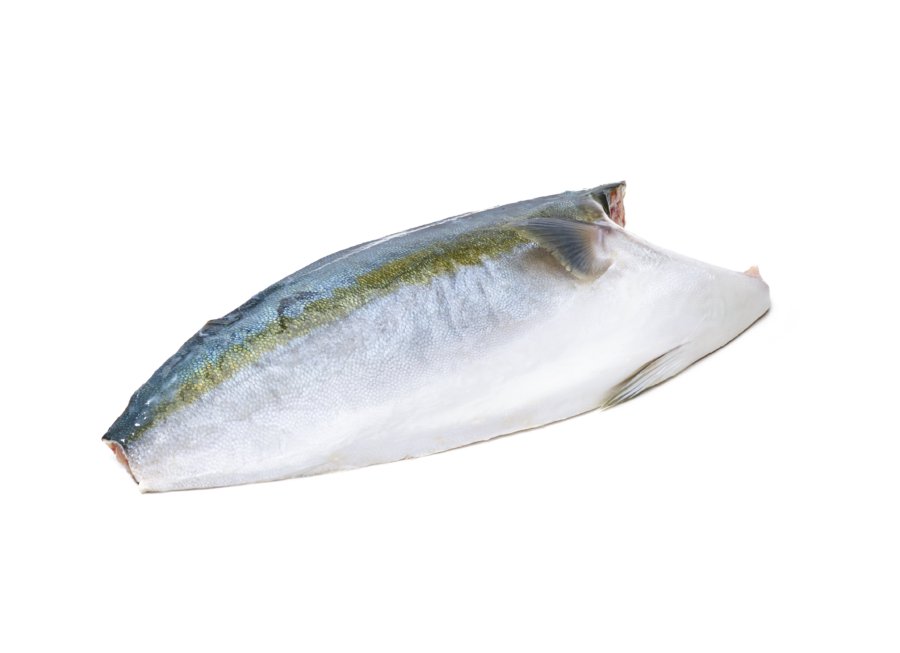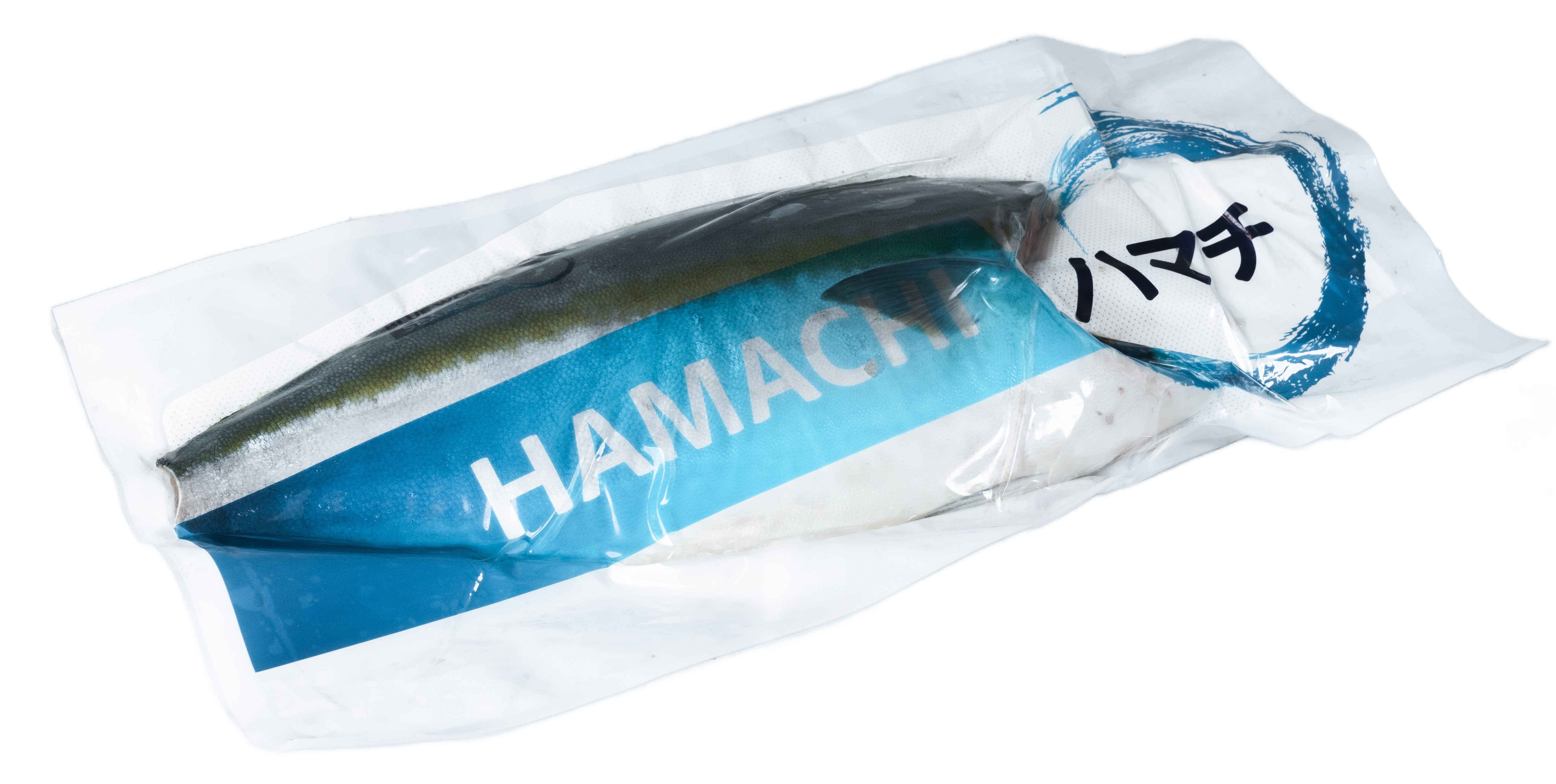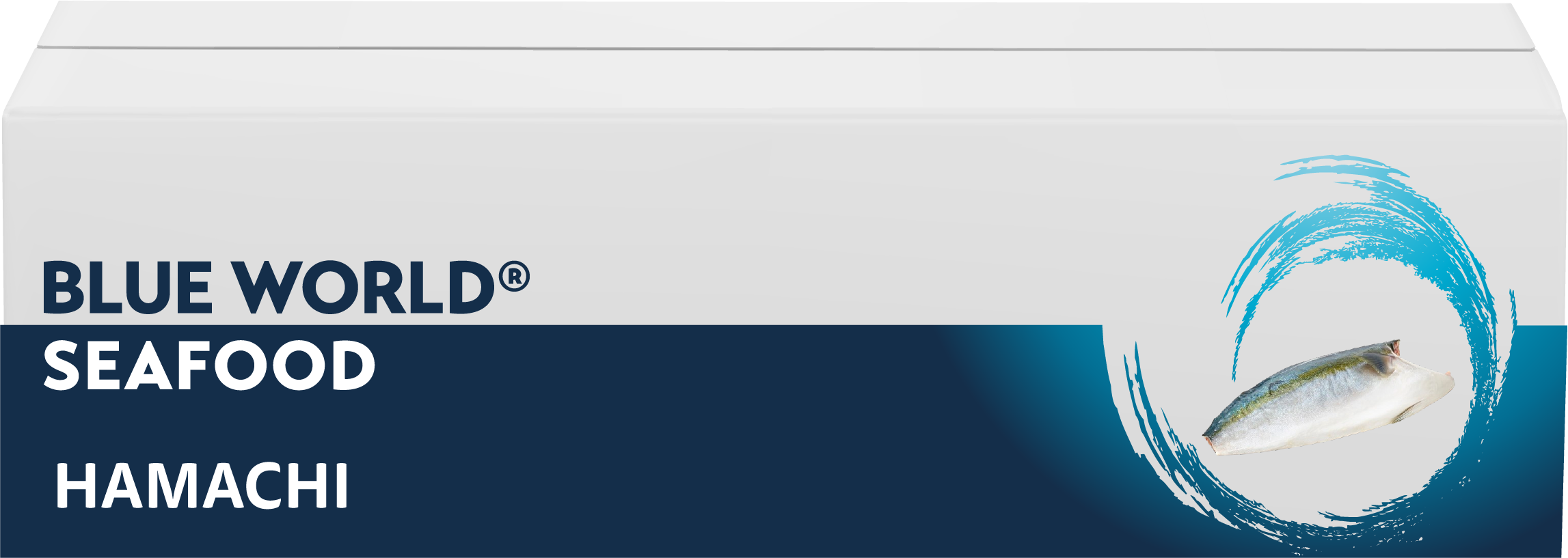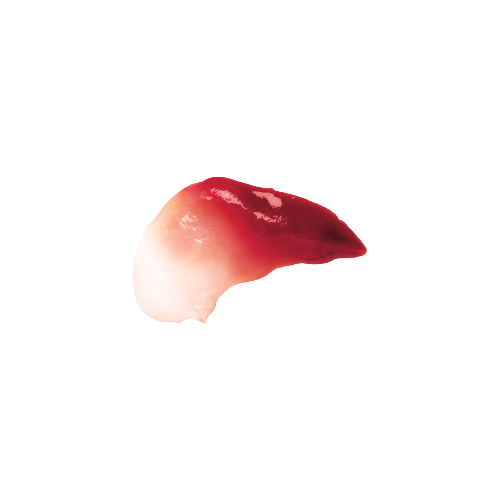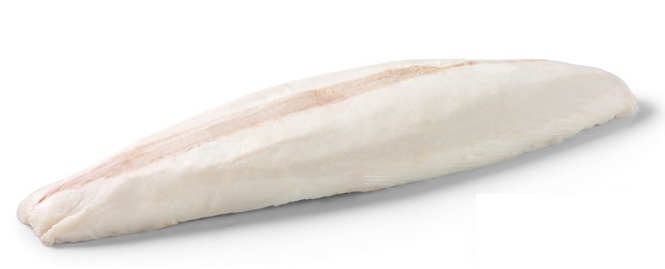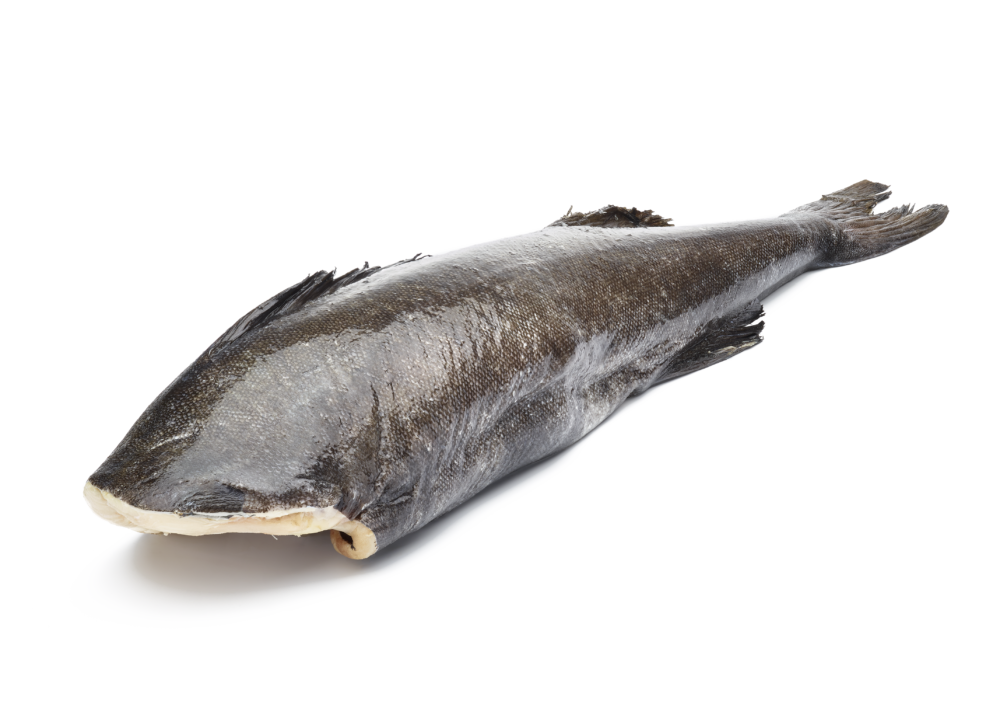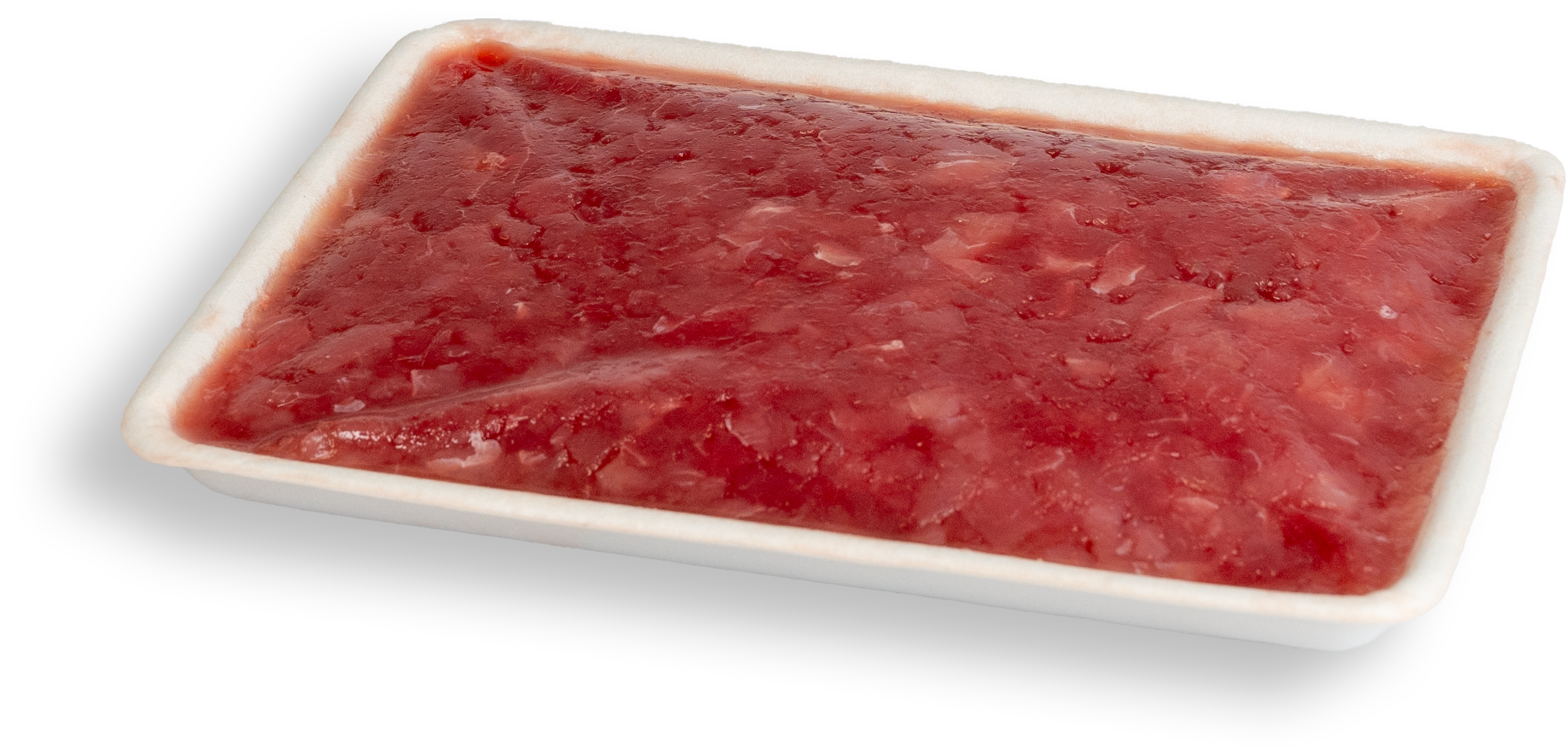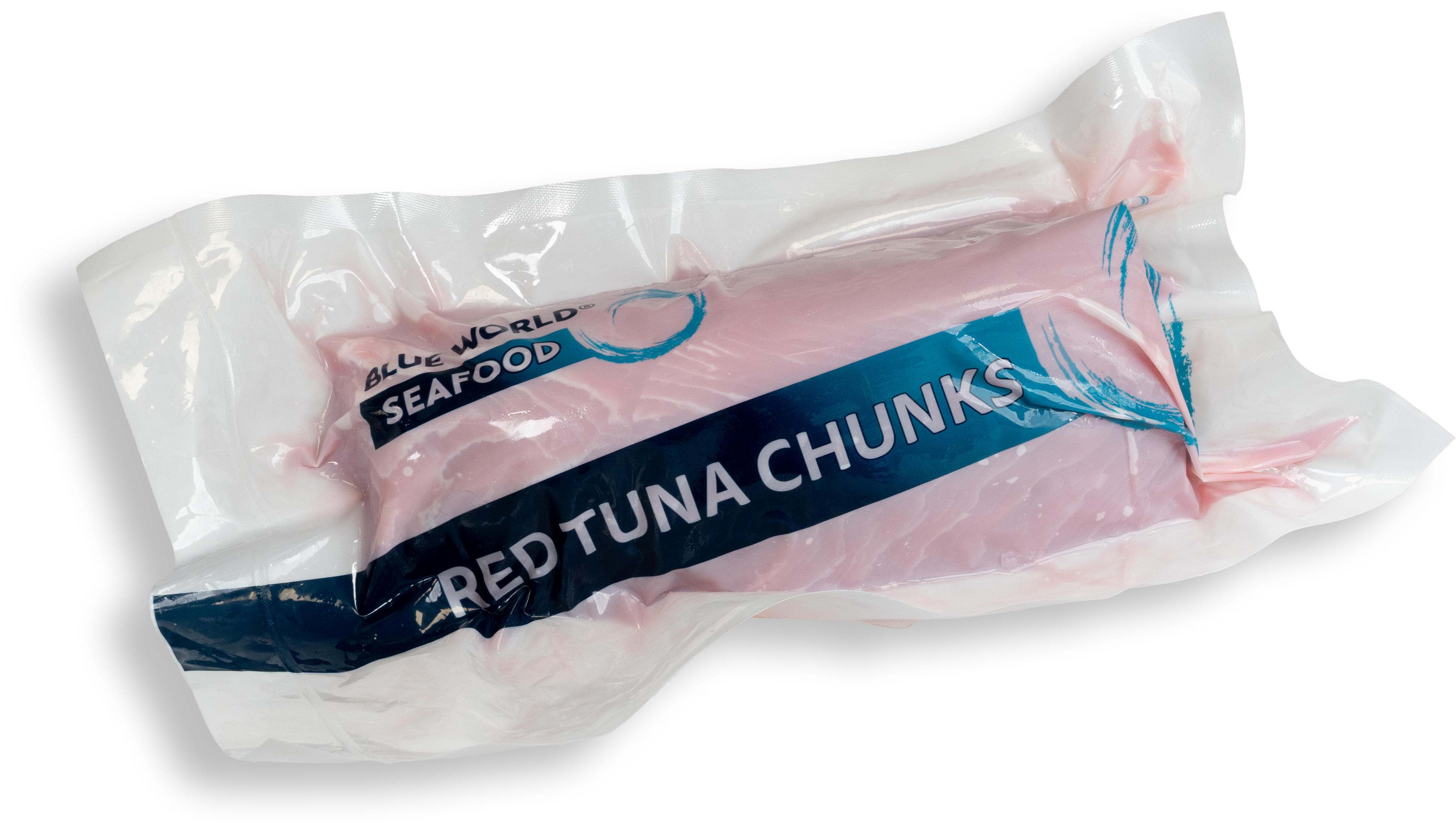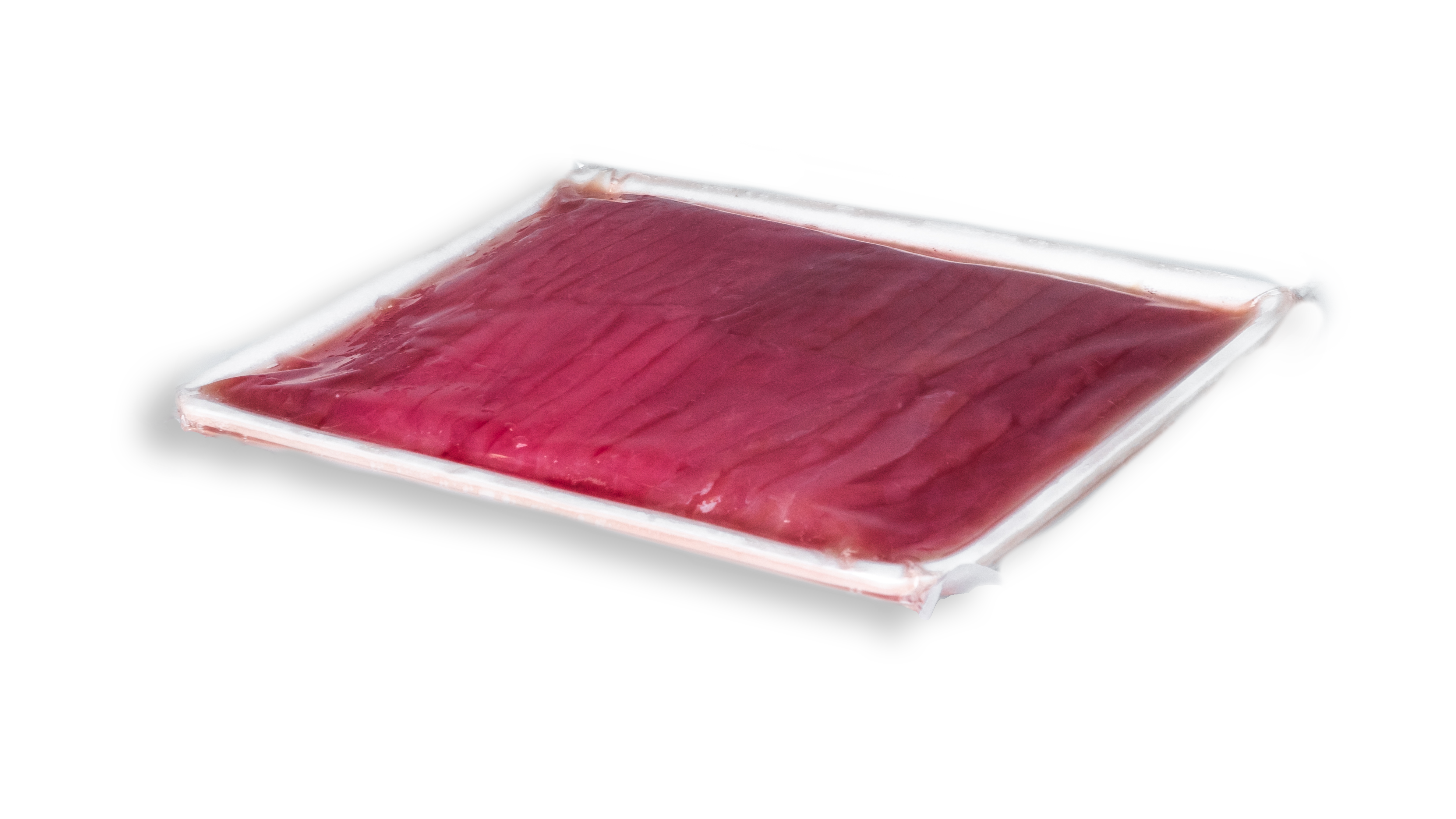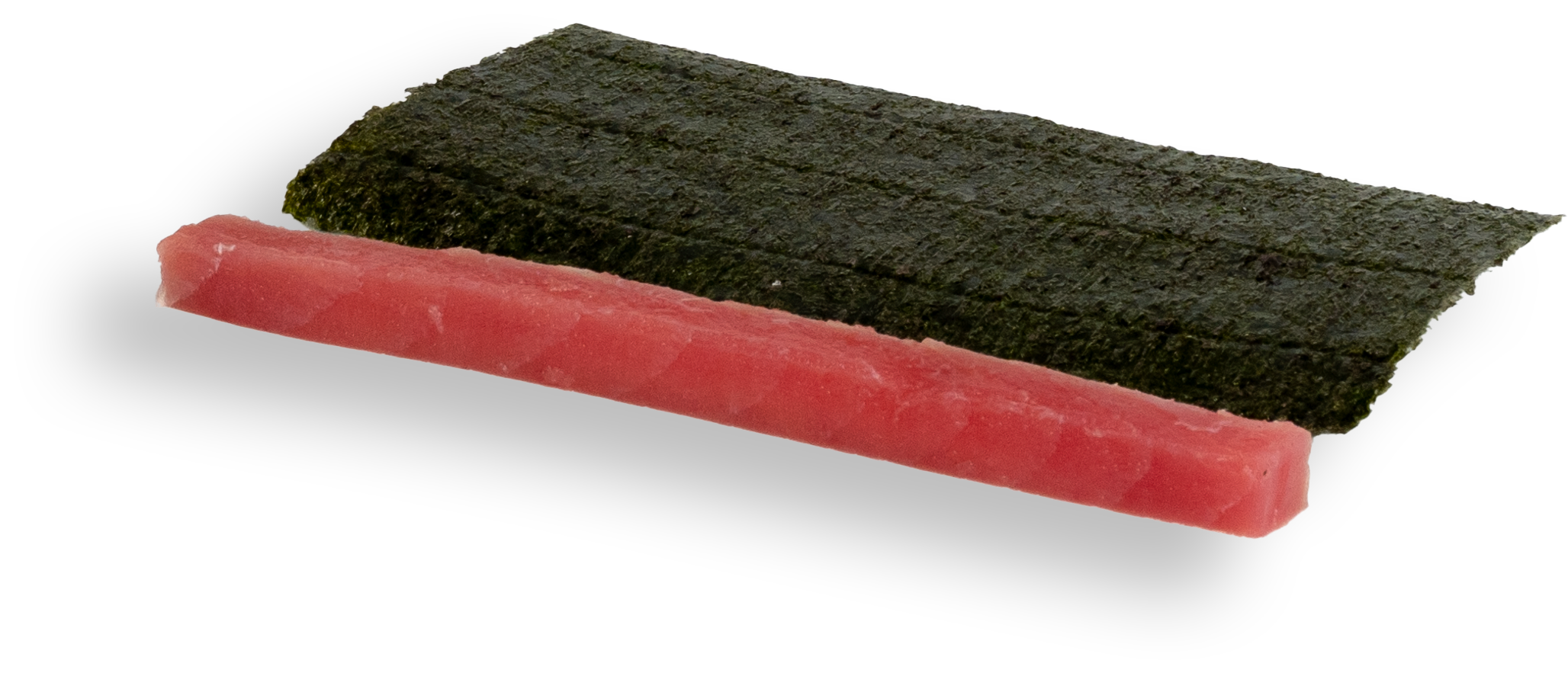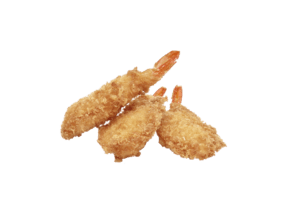If you’re looking for an authentic Japanese product Hamachi is an excellent choice. This fish contains healthy Omega 3 fatty acids and is bursting with flavour, making Hamachi an excellent option for sushi and sashimi-style cooking. This fish also tastes surprisingly good when grilled.
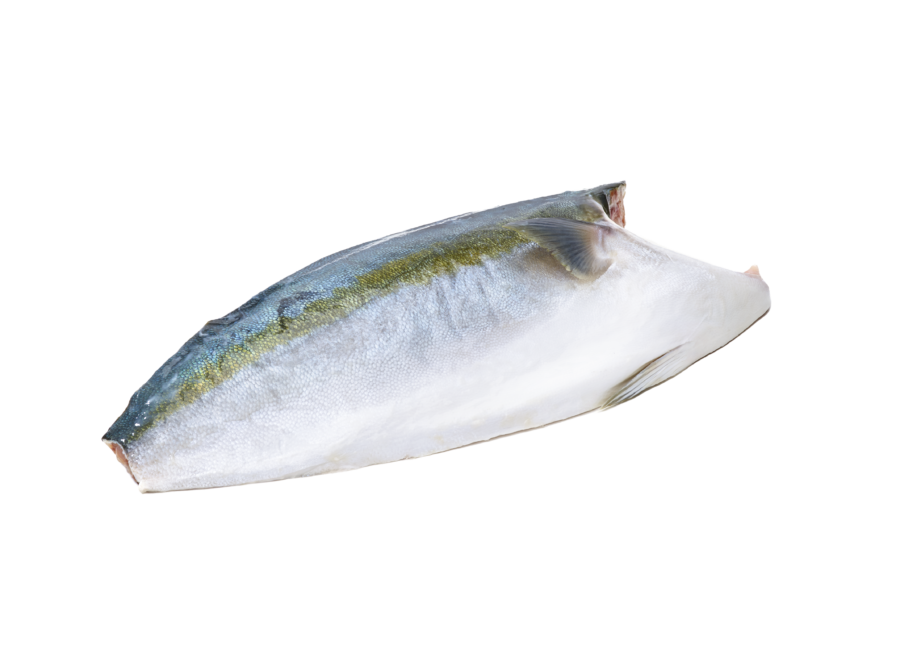
Sustainability
Quality
Integrity
Hamachi Fillets
| Commercial name | Hamachi |
| Latin name | Seriola quinqueradiata |
| Origin | Japan |
| Catch area | Farmed |
| Specifications | Fillets, skin-on, belly bone-on, pin bone-in, IQF, 100% N.W. |
| Packaging | IVP in a 8-14 kg carton |
| Size | 1,5kg+ |
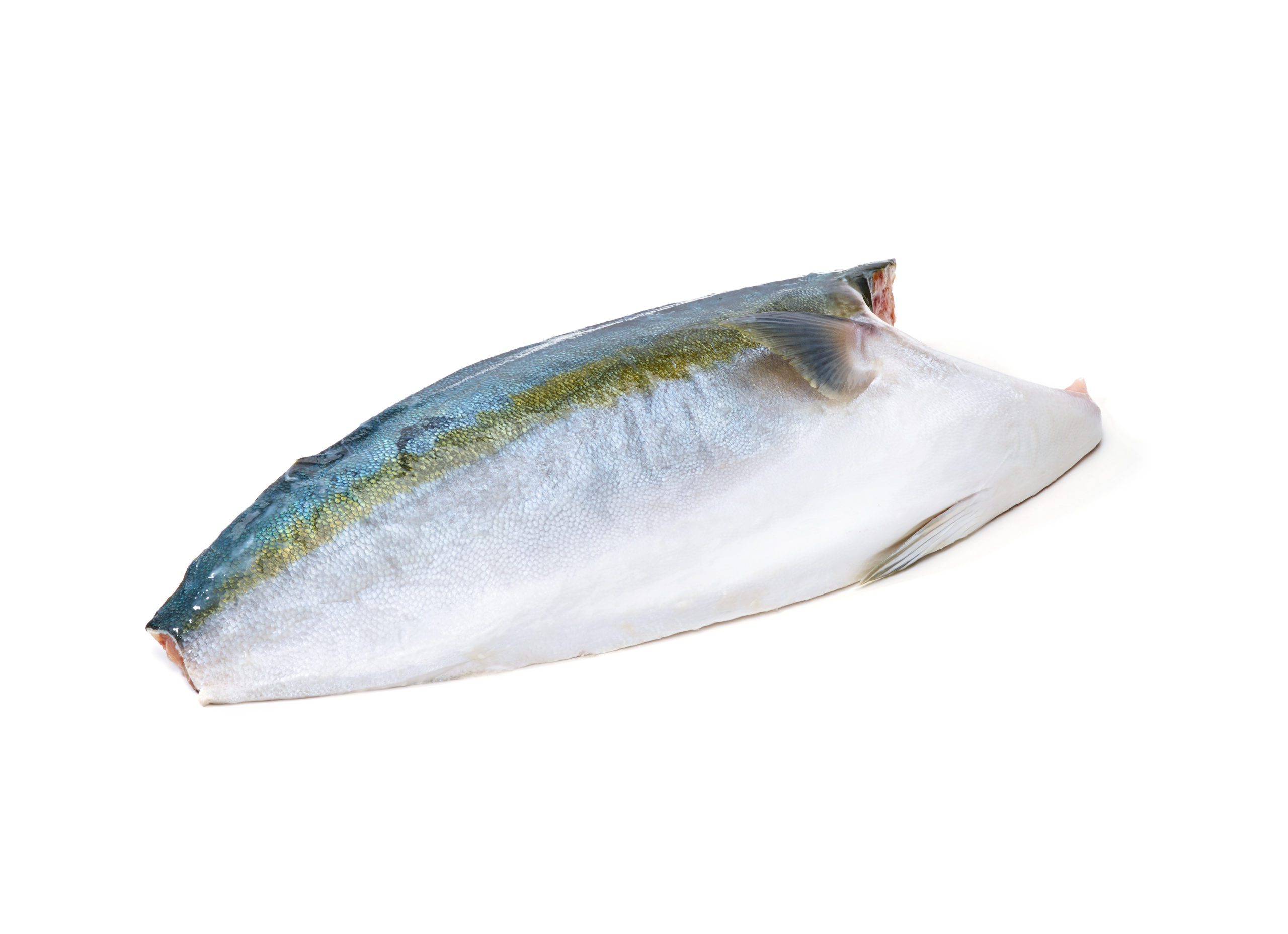
Fish of fortune: traditional and authentic
There’s a truly unique story behind Hamachi. In Japan, this fish is actually known as the fish of fortune. We explain why below.
Hamachi has a different name at each stage of growth. A new-born fish is known as mojako, while a fish larger than 80 cm is called buri. This changing name makes it seem as though the fish is achieving a promotion. That’s why Japanese people often eat this fish at New Year. It brings good luck and prosperity to those eating it.
Farmed Hamachi meat is white and has a characteristic mild flavour. The texture is firmest when the fish is caught in autumn and winter, which is also when the fat content is highest and the fish is full of flavour.
Want to know more about our Hamachi supplier? Visit our blog!
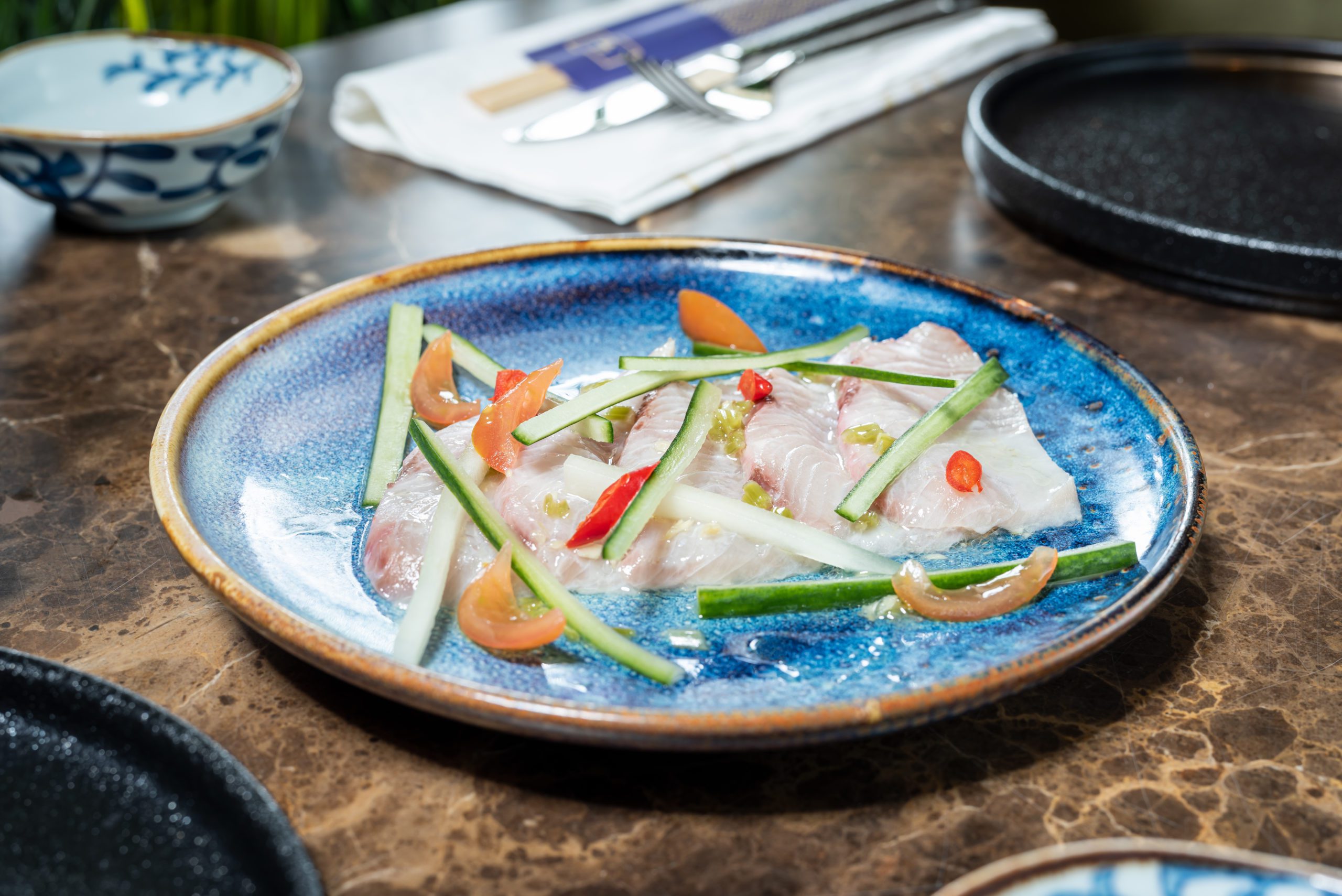
Is your productNot listed? Please contact us
Contact usFréderique van der Kruk
Brand manager


